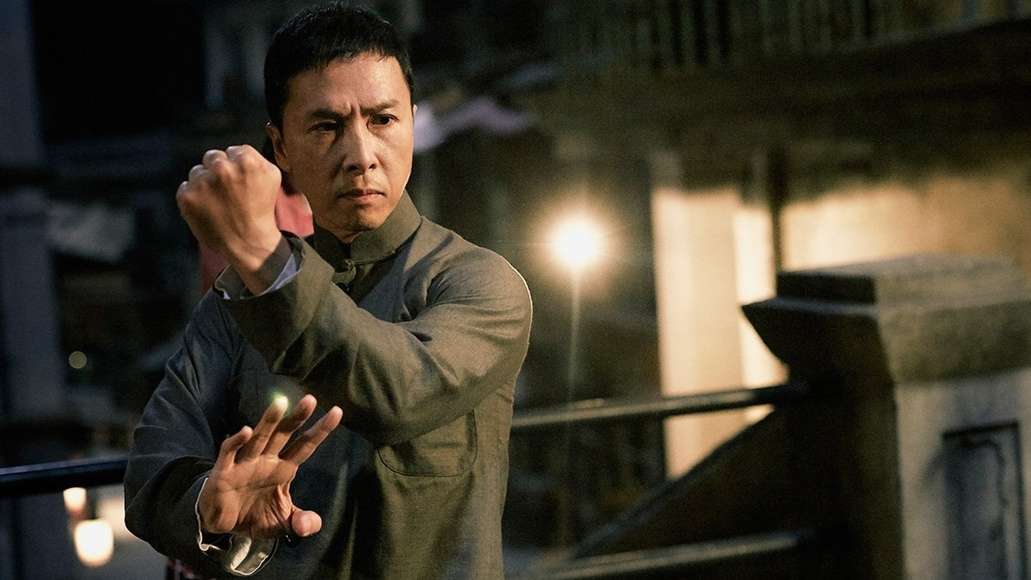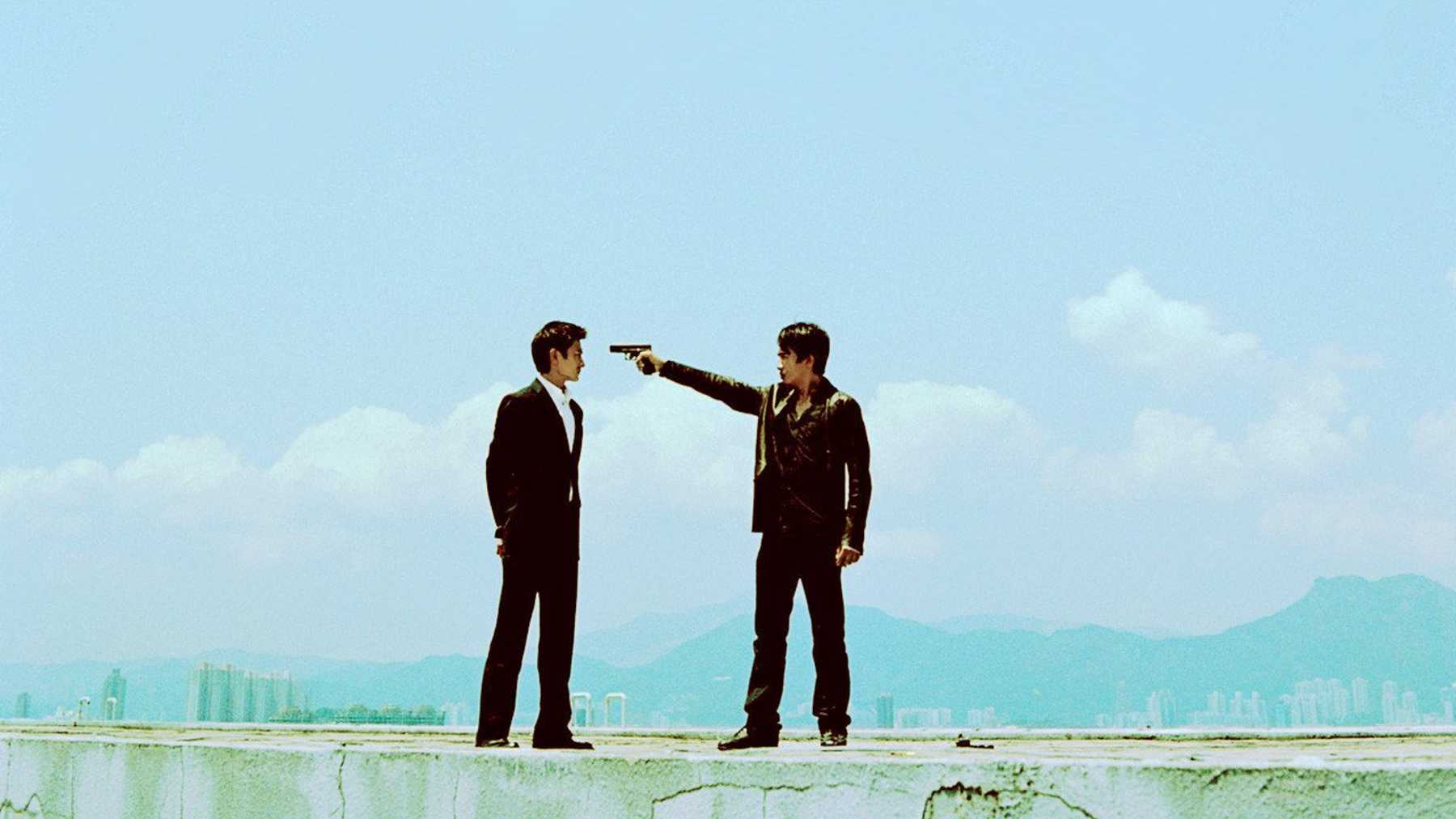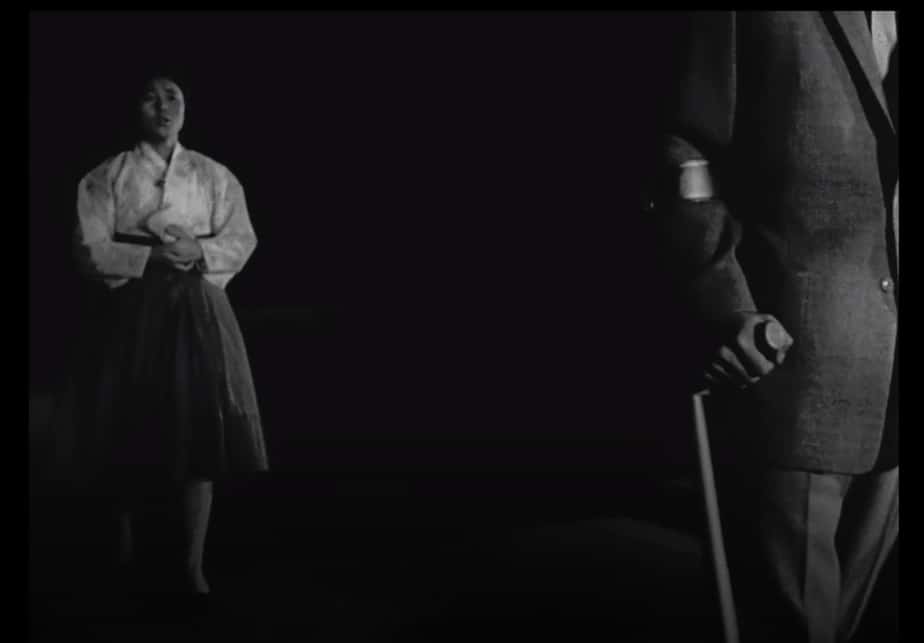By Shikhar Verma
Born April 6, 1981, Norihiro Niwatsukino started filming while attending the Kyushu Institute of Design in Fukuoka. After graduating, Niwatsukino moved to Tokyo and started working as a freelance director and as a screenwriter. He has directed various video works including live-action, music video, animation, etc. His short film “Strawberry Jam” (2010) was invited to various film festivals in Japan. Niwatsukino followed with his first animation series “Onizushi”. “Suffering of Ninko” is his first feature film.
On the occasion of “Suffering of Ninko” screening at NYAFF, we speak with him about almost every aspect of the film, his inspiration, the Japanese industry and many other topics.

A monk and a Samurai go on a sort of quest later in the film What evoked you to be interested in forming such a mismatch duo?
At first, the story I was planning to make was about a monk. However, I thought it would lack in entertainment so I decided to add a Samurai, just to make it more enjoyable to the audience. Japanese Jidaigeki (old traditional story) always goes well with Samurai.
Live action and animation are blended together exquisitely in the narrative. What triggered you towards this combination? Was it an idea that came to you before you wrote the script or after?
Animation was used to make this low budget film look better and more fruitful. Japanese anime brought me this idea, since there are plenty of low budget anime, but many of them retain high quality. Not all of them are fully animated and some of them include a combination of non-moving picture and moving animation to attract the audience through the wide length of the pace. I obtained this idea of blending animation and live action from this tactic, in order to attract the audience.
I am not sure if I was planning to use this combination at the stage of plotting. But I was sure about using this idea when I started writing the script.
I read that the film was partially crowdfunded. Was money ever a constraint for you? In general, how hard is it to get funding in the Japenese indie circuit? And are you going to explore the Japenese folklore even further with your next film?
It was hard to get money from crowdfunding. Finallym I collected only 10% of the entire budget from there. Therefore, I decided to pay the rest 70% by myself and the 20% was obtained from the pocket money of the staff. In Japan, collecting fund for indie films is very difficult. Even if there was a sponsor candidate, it would provide very little money and they require many constraint conditions for the film.
Thus, I rather decided to use my own money to do what I like, without any restrictions. As you can see from my film, I don't stick with any genres and so I'm interested not only in folklore but also SF, mystery and other variety of genres.

The film starts off with a light comedic tone and descends into a very dark one towards the end. Was embracing one's dark side after all the suffering the agenda or do you leave it to the audience to decide what the absolutely crazy third act really means?
There is a possibility that a very good and virtuous individual to stray from the right path and become a bad scoundrel, even though the process of this is uncontrollable and not his or her fault. And when one thinks that is not one's fault and gives up, it can cause disastrous incidents. This is what's expressed in the third act.
I found the film to have an eerily similar 60s sexploitation troop somewhere tucked into it before it became a film about self-discovery. Are you a fan of both genres, exploitation and drama? In general, what kind of films do you like to watch and which filmmakers have inspired you to make films or get into them in the first place?
I often watch Hollywood blockbuster film. I watch a variety of genres including Marvel Heroes, psycho suspense, horror, SF and so on. For me, films are the tools to satisfy my desire of seeing or experiencing the world I've never seen. Thus, for ‘Suffering of Ninko' I tried to embody what audience have never seen before. It is often difficult to innovate some techniques or ideas from Hollywood films, since they have high budgets. However, Japanese low budget animations that have unique effects and techniques inspired me a lot. I would rather call myself a fan of Hollywood films and Japanese animations than a fan of movies.
How was the casting process for the film like? How was your cooperation with Masato Tsujioka, who is also a director?

Most of the male casts had to shave their hair and all the female casts had to be naked. In this condition, it was really difficult to find the actors. I am not famous so I had not enough credit and this made the casting even harder. Also, no one could imagine how the film would look like, from my script.
Masato Tsujioka has two faces, actor and director. He always distinguishes the two sides and never mixes them together. In this project, he was a real professional actor. He has strong interests in Buddhism so he really got right into his part.
How much time did you take to read and understand the Japanese woodcuts or erotic prints before turning them into you own imaginative form as animations? Can you tell us a bit about the technical process of the animation?
I was interested in Ukiyoe woodcus and erotic prints which are familiar art forms to Japanese people.
It did not take so long to convert to the images that fit well to the film. All the animation part was done by me, so and it took nearly 2 years (I also worked on VFX part only by myself)
Are the faceless woman in the woods and the masks that the women wear in Ninko's dream of any significance in the sense of these old Japanese ghost tales?
Though there is not much explanation in the movie, the faceless woman is a spectre who gest rid of one's rational persona and makes one explore his desires. This character is originally created by me.
The dancing lady with the mask was an image created by Ninko's mind after the incidence of the bamboo forest with the mask girl. In this scene, there are not much elements from Japanese folklore.
“Suffering for Ninko” is the sort of film that eventually forms a cult-following. Are you excited about that? Where else are you taking the film and will it have an official release in Japan?
This story is non-fiction but it can be also called fake non-fiction. I attempted to make a story that sounds like real folklore. This work was really exciting for me since I like folklore horror stories..
Normally I film in Tokyo, yet there is no plan for my new project because I am not a famous director and so it is hard to get sponsors.
‘Suffering of Ninko' will screen in this autumn so I hope the situation will get better.
What is your opinion of the Japanese movie industry at the moment?
Japan is such a wealthy country, however, very little money goes to the film industry. Young, fresh directors are struggling to film what they want to and they end up giving up and shoot what they can film with very limited budget. This phenomenon surely narrows the possibility of new expressions and this would be one of the reasons why Japanese movie industry nowadays is falling behind compared to other countries.
















